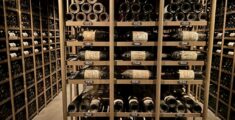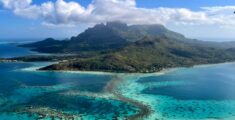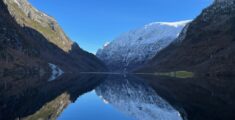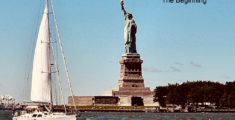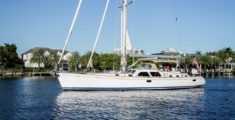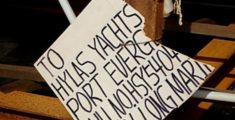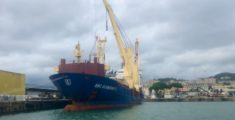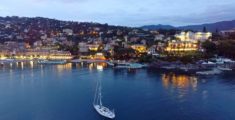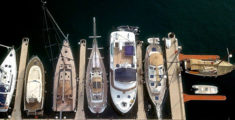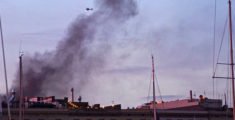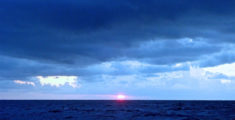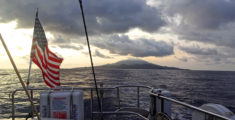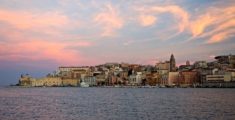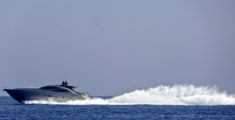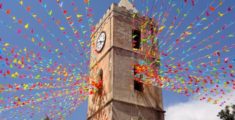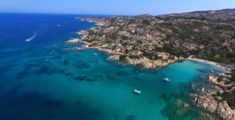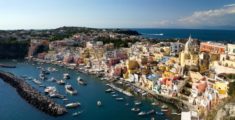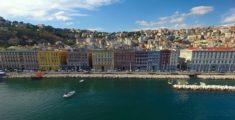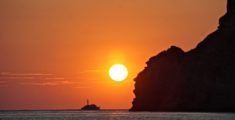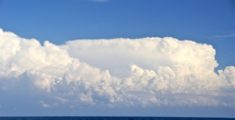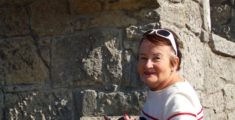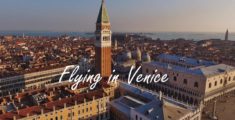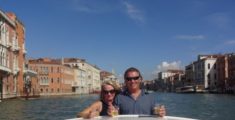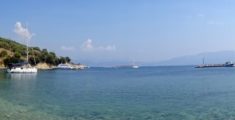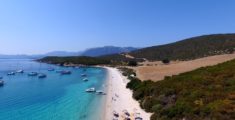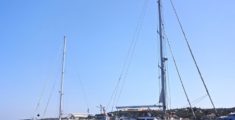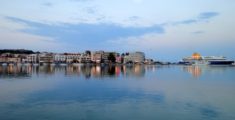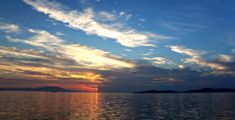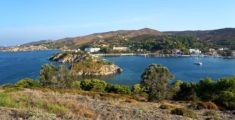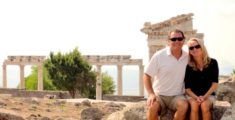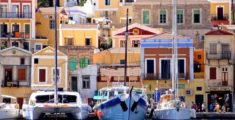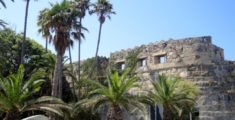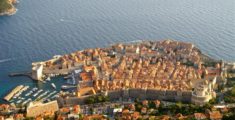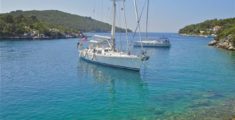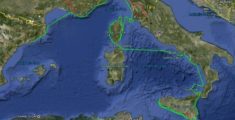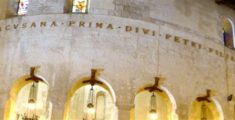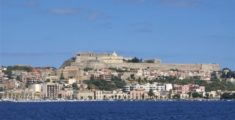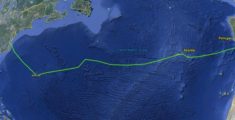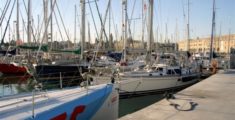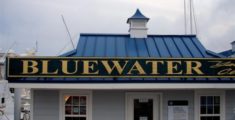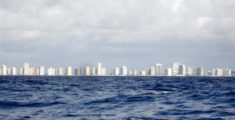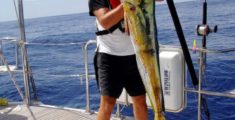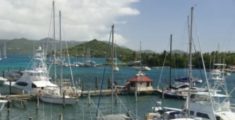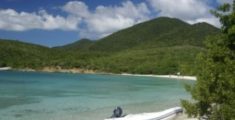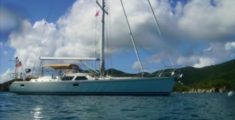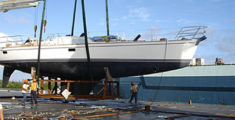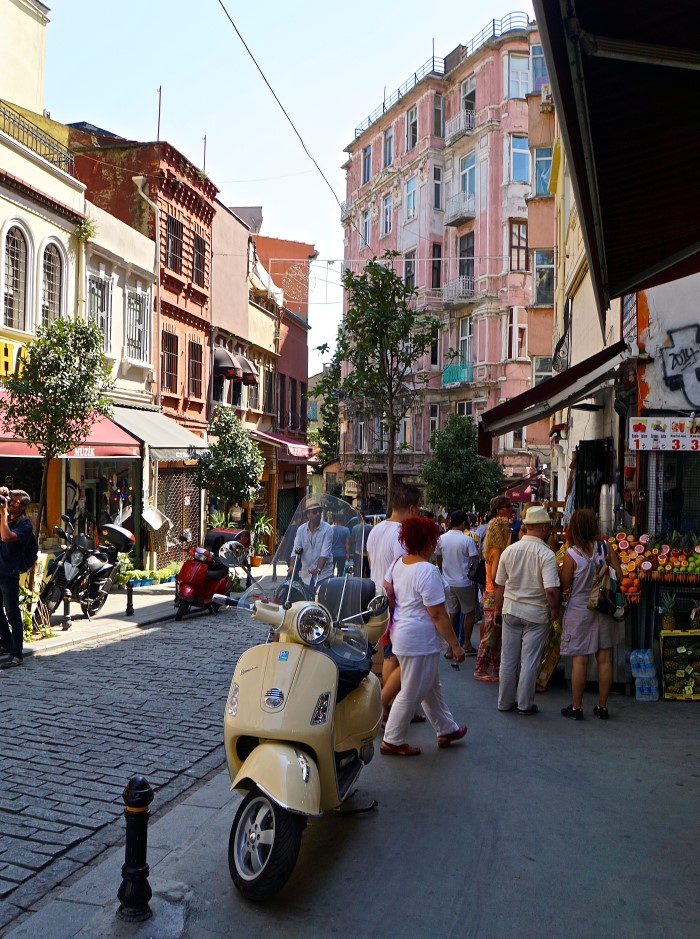Istanbul, Turkey

When most people think of cruising, they imagine floating at anchor off a beautiful deserted atoll. We love that life, but we also enjoy the challenges of taking Berkeley East into big exciting cities. To get to Istanbul, we fought current, freighters and flies, sometimes individually but often all at once. It was demanding to say the least, but in the end, we felt the effort was worth the reward.

Istanbul is Turkey’s largest city. It is also a transcontinental city, straddling the Bosphorus Strait between the Sea of Marmara and the Black Sea, so its commercial and historical centers lie in Europe, while a third of its 15 million inhabitants live in Asia. The city’s strategic position on the Silk Road (the rail networks between Europe and the Middle East), along with its control of the only sea route between the Mediterranean and the Black Sea, have historically made Istanbul one of the most important cities in the world.


We spent several days in Istanbul exploring the diverse neighborhoods and found a very prosperous, modern, cosmopolitan city that is rich in history with a deep commitment to its past. From the historic “old town” and its ancient sites, markets, mosques and museums, to the European district of Beyoglu with its great palaces, restaurants and shopping, to the Asian side where we not only enjoyed Turkish food, we learned how to make a traditional Turkish meal from a local chef.
We did not need Berkeley East to get to Istanbul, there are hundreds of flights there each day. But we found that bringing our boat to Istanbul made us more interesting to the locals. We met Turkish sailors who offered tips on where to sail next, young professionals anxious to work in America, shop owners who invited us to call them if we needed any help during our time in their city. While the Istanbul sites were amazing, the people were equally as special, and the combination was exceptional.






The Sultan Ahmed Mosque, popularly known as the Blue Mosque for the 20,000 handmade iznik style ceramic blue tiles adorning the walls of its interior, was built in the early 17th century. The mosque remains an active place of worship today. It has one main dome, six minarets, and eight secondary domes.

The Basilica Cistern is the largest of several hundred ancient cisterns that lie beneath the city of Istanbul. With walls that are 13 feet thick and a roof supported by 336 marble columns that are 30 feet tall, the cistern can hold some 2,800,000 cubic feet of water. Amazing that a structure of this scale and complexity could have been built in the sixth century, when Istanbul was known as Constantinople. The cistern is one of the locations used in the James Bond film, “From Russia with Love” and it was featured more recently in Dan Brown’s novel “Inferno.”


The beautiful Dolmabahçe Palace, built in the mid 1800’s, was the home to six Sultans from 1856 until 1924, when the palace was transferred from the Sultans to the national heritage of the new Turkish Republic. Situated on the European coastline of the Bosphorus Strait, the palace also served as the main administrative center of the Ottoman Empire. It contains 285 rooms, 46 halls, 6 baths (haman) and 68 toilets. The construction cost the equivalent of $1.5 billion in today’s dollars and 14 tons of gold was used to gild the ceilings.


Topkapi Palace, sits majestically on a hill overlooking the Sea of Marmara, the Bosphorus and the Golden Horn. The palace complex consists of four main courtyards and many smaller buildings. At its peak, the palace was home to as many as 4,000 people, the official royal residence of the Ottoman Empire sultans and seat of the Turkish government. It is now a museum that is considered the largest and oldest palace in the world.




The Hagia Sophia was once a house of worship that served several religions well over many centuries. It started out in 537 as a Greek Eastern Orthodox basilica, for almost six decades it was a Roman Catholic Church, it became a mosque in 1453. Today it is a museum, famous for its mosaics depicting various religious scenes. As a multiple faith museum, the Hagia Sophia has mixed the religious imagery styles, Christian mosaics with Islamic calligraphy. The complex also includes the tombs of the sultans and their families.

We stopped to listen to a couple of street performers and enjoyed the delicious smells coming from a street front restaurant. Istanbul is famous for its street food. The proprietor saw we were interested and made room for us at one of his two tables with some locals. We asked what was good and ordered what our tablemates were eating. It was delicious. It looked like a burrito. Later we found out it was Kokorec – a Istanbul delicacy of sweetbreads (organs) wrapped in intestines and grilled on a rotisserie. Yumm?

The Grand Bazar is one of the largest and oldest covered markets in the world, with 61 streets and over 3,000 shops ranging from trinkets stalls to high-end clothing stores.

The Spice Bazar was built in 1663 as a stop for camel caravans full of exotic spices traveling the Silk Road. Today it continues to sell flavorful Turkish spices along with other goods. A first for us was a spice tasting at a shop where a young woman has taken over the family business with a plan to create new and exciting spice blends.



The founder of the Mevlevi order, or Whirling Dervishes, believed that music and dance represented a path to universal love and a way to liberate people from anxiety and pain. Central to the practice of the dervishes is the Sema, a whirling ceremony that consists of several parts, each with its own meaning. We were fortunate to find a Sema ceremony in Istanbul. It was beautiful.

Previous Comments
Linda Dawkins
Your pics are stunning! What an interesting and beautiful tour of the city. Thank you!
Jan Cameron
Thank you for posting these fabulous pictures. They are amazing! This city will be on our list when we take our Greek Isle trip!





